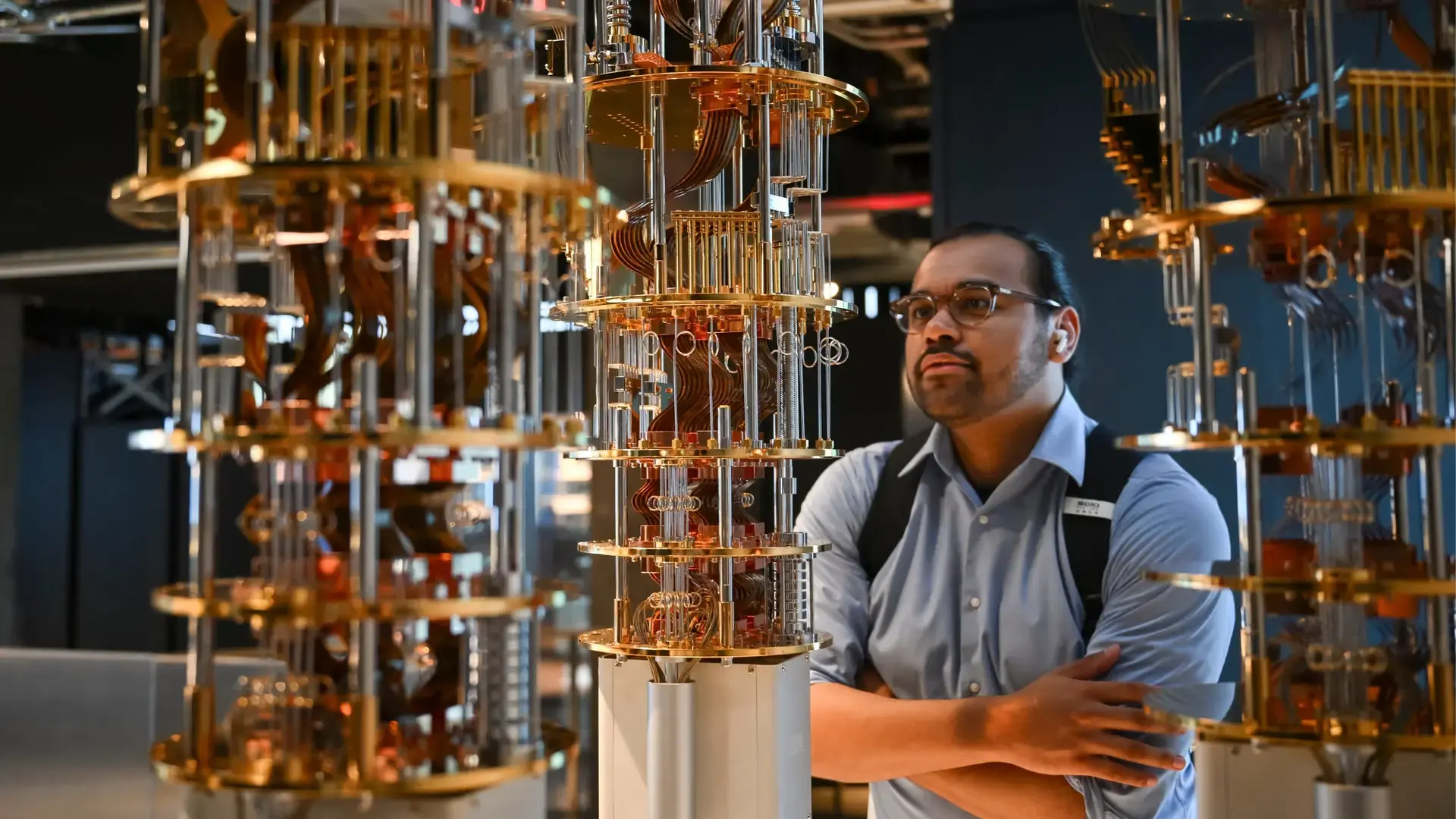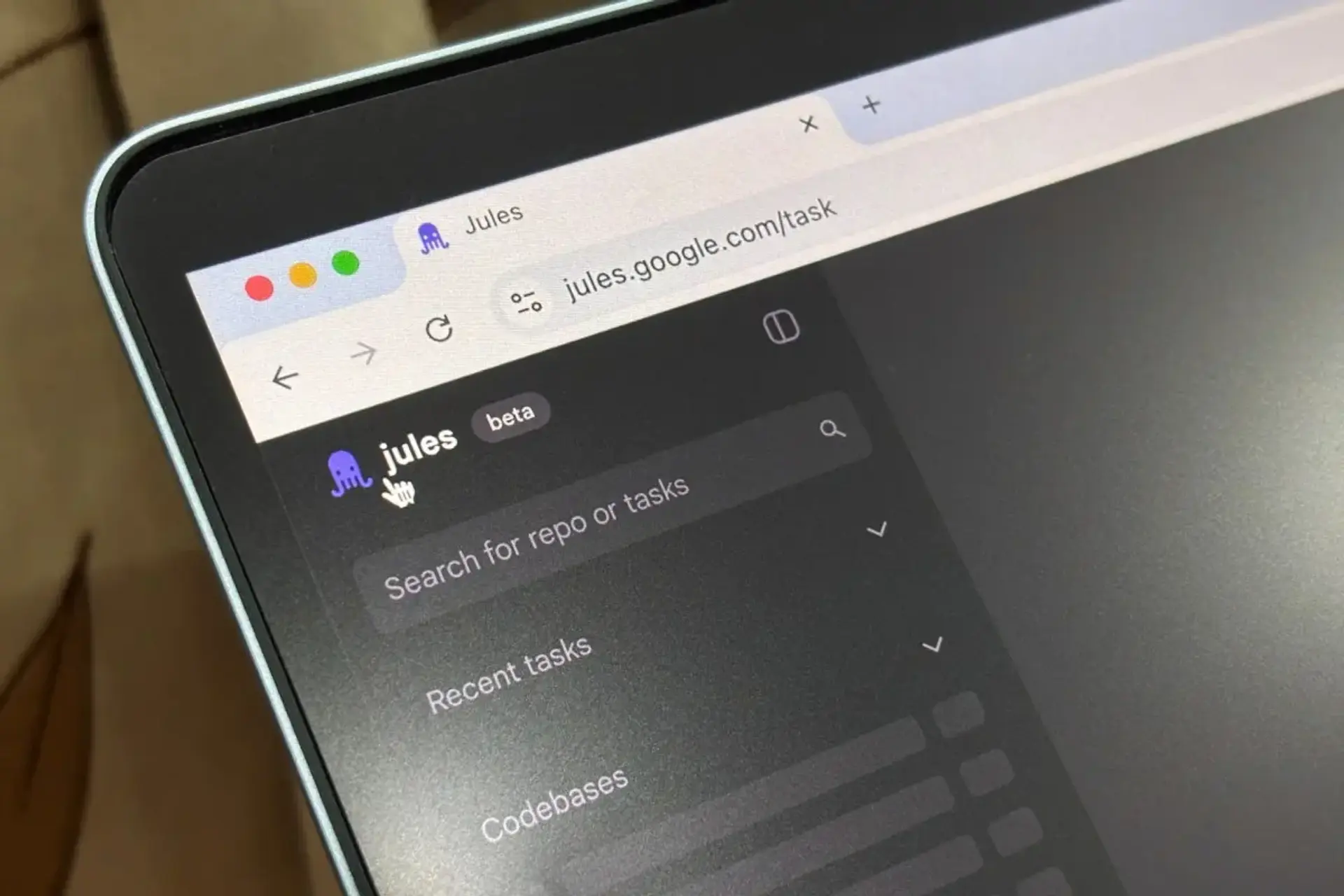IBM and Google are expressing renewed confidence in delivering full-scale quantum computers by the end of the decade, driven by recent technological advancements. IBM's new quantum computer blueprint addresses previous design shortcomings, with the company aiming to have a functional machine ready by 2030. Google shares this optimism, having overcome significant technical obstacles and setting its sights on the same 2030 goal.
Despite progress, substantial engineering challenges remain. Scaling up qubit counts from experimental systems to millions is a major hurdle, complicated by qubit instability and interference. IBM's Condor chip highlighted these issues, prompting the development of new coupling technology. Error correction is crucial, with Google demonstrating scalable error correction. Overcoming challenges in wiring, cooling, and component integration is also vital. While superconducting qubits lead the way, other approaches offer stability but face scalability issues. Government investment is expected to play a key role in determining the ultimate success of quantum technologies.




